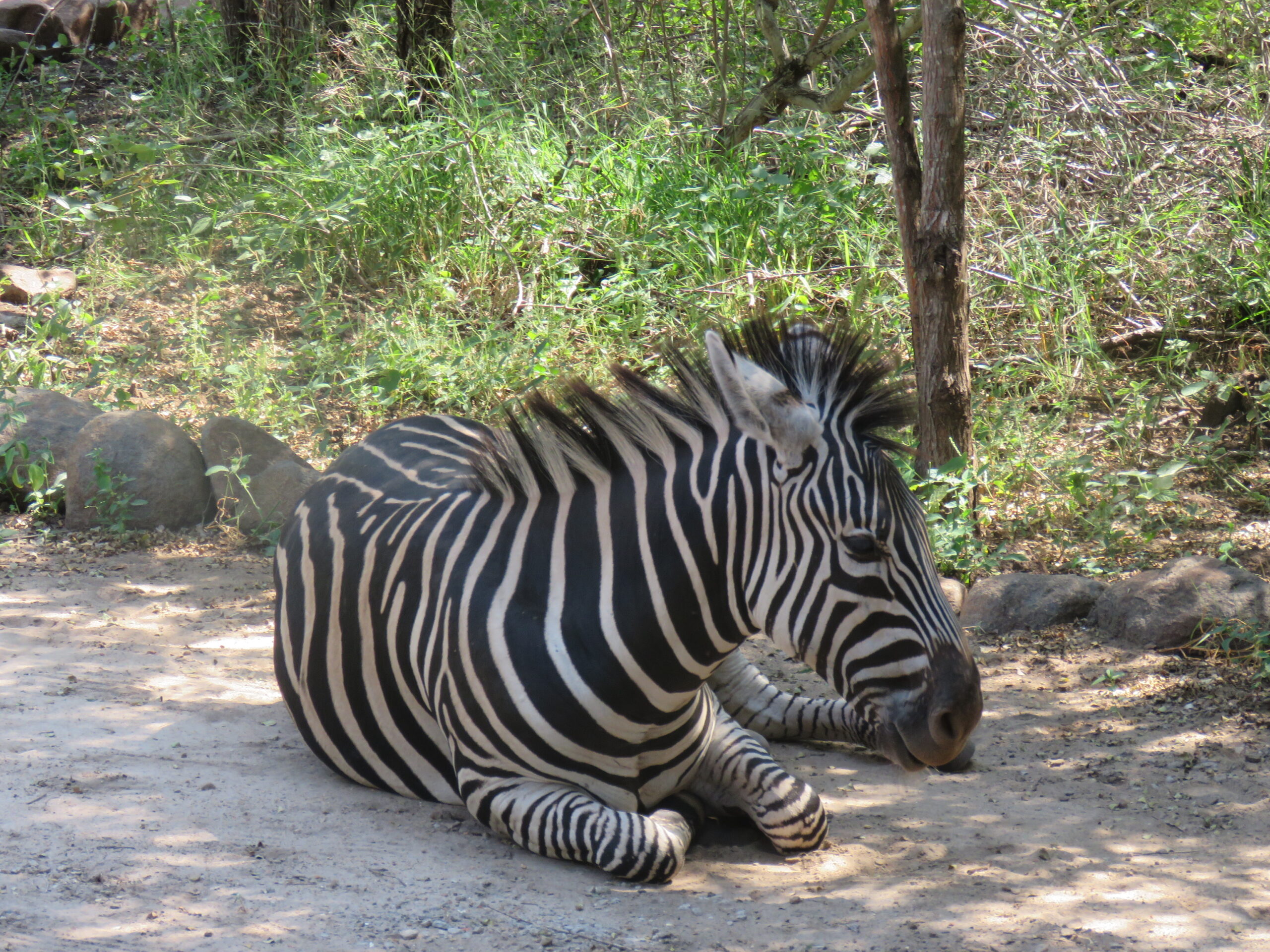
This morning, we are off to Arcadia, Florida, to meet our friends, Tom and Lois, who visited us in Marloth Park, South Africa, in October 2018. It’s a 90-minute drive for us and a little more for them, and we appreciate them driving to meet us for lunch at a popular inland restaurant.
We’d hoped to see many more friends and family members while in Florida but after we changed our trip to come to Karen and Rich’s wedding due to Omicron, our timing changed considerably and there just hasn’t been enough time. We apologize to all those special people we won’t have an opportunity to see this time around but with our passion for cruising, surely we’ll be back in Florida at some point in the future. Also, after the pandemic, car rental prices are outrageous in Florida with limitations on mileage, something we haven’t experienced in the past. Driving all over the state would have cost thousands extra.
Thus, today, for time’s sake, we’ve included Part 2 of the manatee story, which I mostly prepared yesterday, to ensure we are on the road promptly at 10:15 am to meet them by noon, leaving a little extra time for traffic. We plan to return to Karen and Rich’s by 5:00 pm for a barbecue rib dinner Rich is making. It will undoubtedly be a busy and fun day with friends.

We found this excellent information about manatees from the Smithsonian’s website here:
14 Fun Facts About Manatees
These roly-poly herbivores, just maybe the teddy bears of the sea. But keep an eye out when boating; they don’t move so fast. Emily Frost
Despite their size and stubbly snout, manatees seem cute and cuddly to many ocean visitors. These large, slow-moving marine mammals hang out in coastal areas and rivers where Florida spring-breakers can easily see them and think it is good to hop on for a ride. Not only is this and other forms of harassment such as hugging the sea creatures illegal (the West Indian manatee is listed as endangered in the United States), but it can also impact manatees’ natural behavior, changing the way they interact with humans.

All three species of manatee—the Amazonian manatee, West Indian manatee, and West African manatee—and the related dugong are considered vulnerable (defined as facing a high risk of extinction in the wild) by the IUCN Red List of Threatened Species. This is due to a variety of threats, including boat collisions, hunting, habitat destruction, and toxic red tides.






